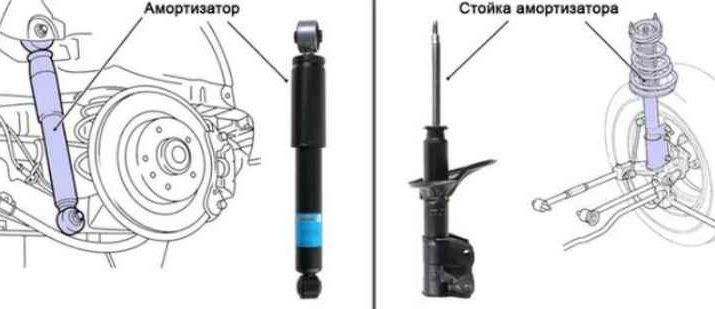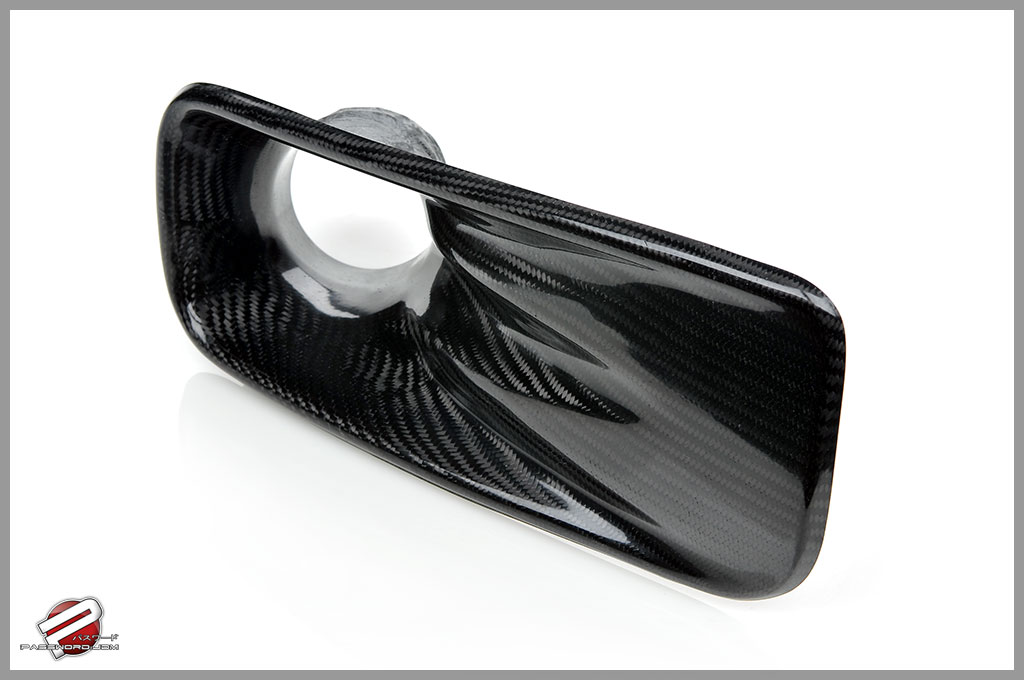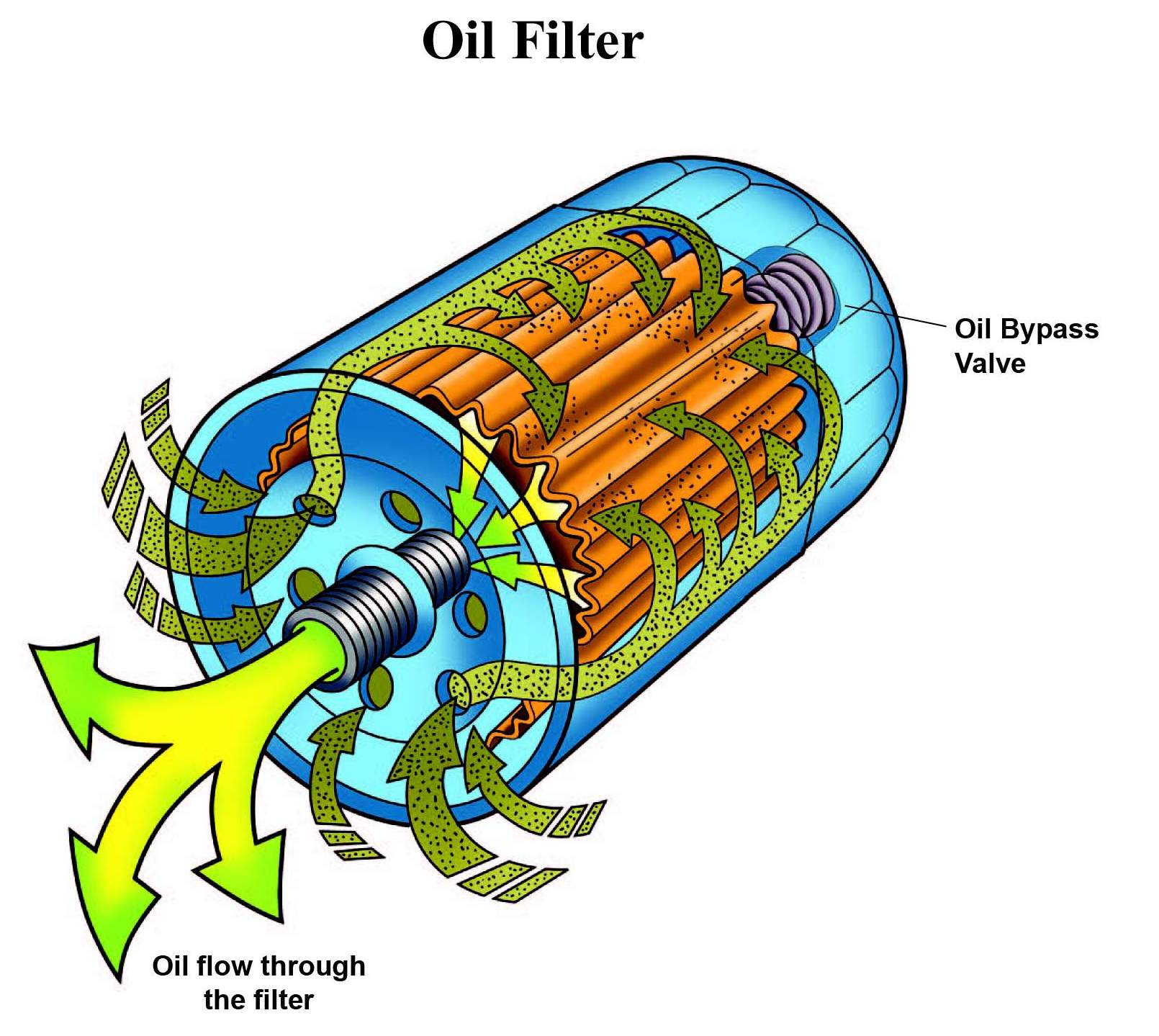
The difference between shock absorbers and struts
Content
When you pass a speed bump, pothole, or other rough road, you'll be grateful if your car's shock absorbers and struts work well. Although these two components of a car are often discussed together, they are separate parts that provide a vital service in keeping your vehicle strong and safe. If you've ever wondered about the difference between shocks and struts, this article should shed some light. Let's take some time to understand what a shock absorber is and what a strut is, what duties they perform and what happens when they wear out.
Are shock absorbers and struts the same thing?
Every car on the road today has a suspension system made up of several separate parts, including dampers (or struts) and springs. The springs are designed to support the car and cushioning when the car collides with road objects. Shock absorbers (also known as struts) limit the vertical travel or movement of the springs and absorb or absorb shock from road obstacles.
People usually use the terms "shock absorbers" and "struts" to describe the same part, since they actually perform the same function. However, there is a difference in the design of shock absorbers and struts - and each has its own advantages and disadvantages:
- The main difference between a strut and a shock absorber is the design of the individual suspension system.
- All cars will use shock absorbers or struts at each of the four corners. Some use struts in the front with a shock absorber in the back.
- Struts are used on vehicles without upper suspension arms and are connected to the steering knuckle, while vehicles with upper and lower suspension arms (independent suspension) or solid axle (rear) use shock absorbers.
What is a shock absorber?
The shock is designed to be slightly stiffer than the strut. This is mainly because they work with suspension support components to absorb bumps from the road. There are 3 main types of shock absorbers:
- Single tube damper: The most common type of shock absorber is the single tube (or gas) shock absorber. This component is made of a steel tube, inside of which a rod and a piston are installed. When the vehicle hits a bump, the piston is pushed up and slowly compressed with gas for a smoother transition.
- Double shock:A twin or twin tube shock absorber has two vertical tubes filled with hydraulic fluid instead of gas. As the compression progresses, the liquid is transferred to the secondary tube.
- Spiral dampers: Cars with front-mounted shock absorbers are commonly referred to as coil shock absorbers - they have the shock absorber "covered" by a coil spring.
What is a Street?
The most common type of strut is called the MacPherson strut. This is a very strong and durable component that combines the post and spring into a single unit. Some vehicles use a single strut with a separate coil spring. The struts are usually attached to the steering knuckle and the top of the "spring" is fitted to support the bodywork. Struts are much smaller than shock absorbers, which is the main reason for their frequent use in cars with compressed suspension travel.
Should I use a shock absorber or brace in my car?
Like any other moving part, the shock and strut wear out over time. Depending on the type of car you own, they can last between 30,000 and 75,000 miles. They should be replaced according to the vehicle manufacturer's recommendations and it is always recommended to use OEM (Original Equipment Manufacturer) replacement parts when they require replacement. If your vehicle was shipped from the factory with shock absorbers, you will need to replace them with components of the same type. The same should be said about the racks.
Shock absorbers and struts should always be replaced in pairs (on at least one axle) and the car should have its suspension professionally tuned to keep the tires, steering and entire suspension system aligned straight.

